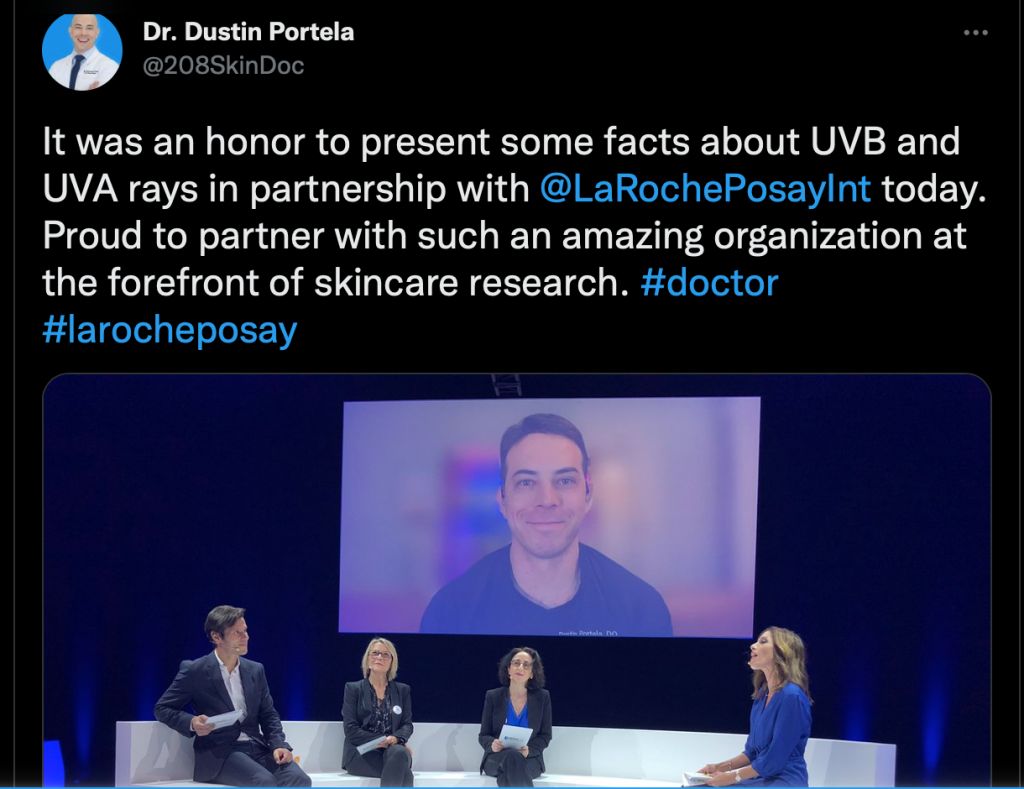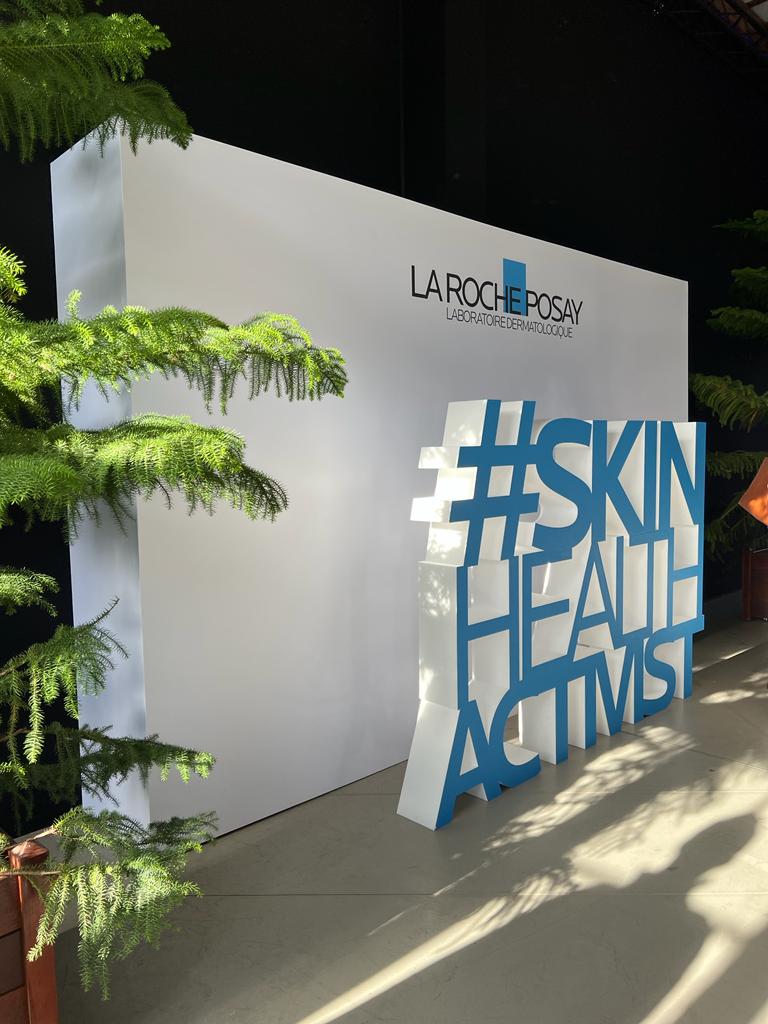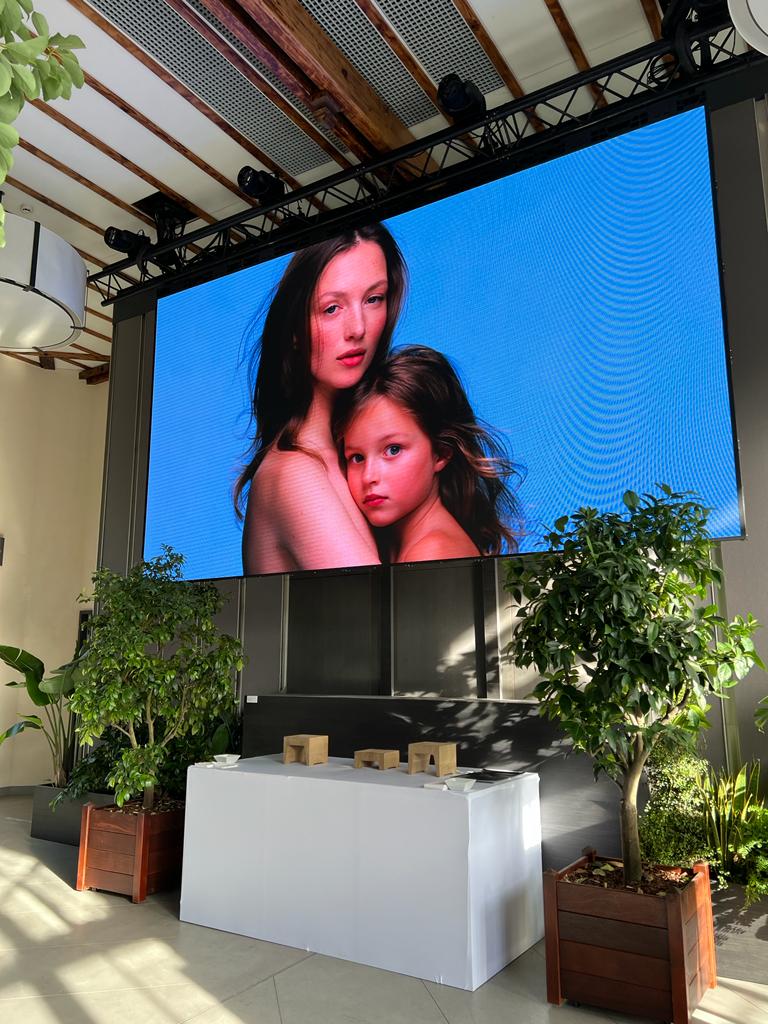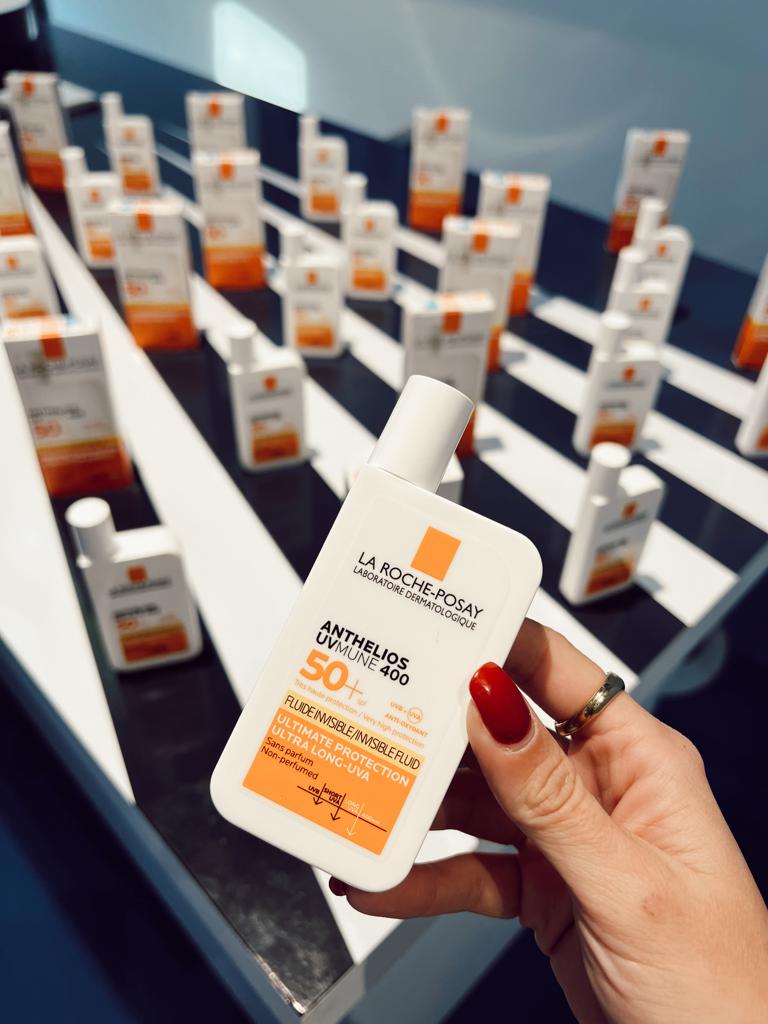Social media for positive change
Whether we like it or not, social media channels are having more and more of a profound effect on how information is communicated. We have seen how campaigns raising awareness on topics such as ALS (the bucket challenge) and body positivity quickly go viral. Short clips and stories on social media channels have driven social change and have introduced new ways for information to reach wider audiences.
In the skincare sphere, Tiktok influencers are dominating the scene. Star dermatologist Dr. Justin Portela and other micro-influencers have been focusing on sunscreen. Even though we have long known about the dangers of UVA and UVB rays from the sun, how many of us wear sunscreen daily?

These influencers have brought this issue into the light by demonstrating the dangerous effects of the sun, educating about the necessity of daily use of sun protection, and answering questions from their followers. Despite widespread knowledge and the availability of information at our fingertips, Dr. Justin is still answering questions such as “Does sun protection give you cancer?” with an emphatic NO.
Dr. Justin Portela also spoke at Derm Live in Paris last November, a dermatology expo attended by Maltese influencer Jade Zammit Stevens. Dr. Justin spoke about UVB and UVA rays and discussed the new filter Mexoryl 400. This is one of the events La Roche Posay organises to disseminate education on sun protection and skin cancer prevention. As a result, influencers like Jade have the opportunity to attend various workshops to learn and spread awareness via social media.


A ray of sunshine
To understand what’s going in when we expose our skin to the sun, we need to first decipher the difference between the sun’s rays. The sun emits rays of different wavelengths measured in nanometers (nm).
The longer wavelength UVA rays (320-340nm) cause sunburn and cataracts, with a portion of these called ultra-long UVA (340-400nm) which penetrate into the deeper layers of the skin causing the breakdown of collagen. This leads to the formation of dark spots and wrinkles, loss of elasticity, and sagging.
Shorter wavelength UVB rays (290-320nm) may lead to damage to the DNA in skin cells, causing a range of health problems e.g., skin cancer, immune system disease.
Introducing Anthelios UVMune 400 Invisible Fluid SPF50 +
The latest in sun protection comes in the form of a light texture invisible fluid with an SPF of 50+ and it protects against UVB, UVA, and ultra-long UVA.
La Roche-Posay Anthelios UVMune 400 Invisible Fluid SPF50 + packs a punch by providing a new filter called Mexoryl 400 which prioritizes the penetrative ultra-long UVA rays. This, in addition to previous La Roche-Posay filters, makes this sun protection fluid the most complete broad-spectrum one to date.
The ultra-resistant Anthelios UVMune 400 Invisible Fluid SPF50+ is still suitable for sensitive skin and its light, non-greasy texture is absorbed easily without leaving any white marks. It can be used even close to the eyes as it does not sting and has been tested on contact lens wearers.
Its patented filtering technology XL-Protect provides very high protection against UVA/UVB rays and it also helps protect against damage by pollution and infra-red. Additionally, its Netlock technology conveys high protection with homogenous coverage and makes the covered areas ultra-resistant to sand, sweat, and water.

A ray of hope
The good news is that it is possible to protect the skin from the 3 types of rays at once, therefore minimising premature ageing while protecting it from damage that may lead to cancer. This is possible thanks to innovative technology that has come after years of research at the La Roche-Posay laboratories.
It’s important to note that sun protection is one precaution of a few that must be taken especially if you have pale, sensitive skin, and during the hotter times of the year. If possible, avoid exposure to the sun between 11 am-2 pm and always wear sunglasses and protective clothing. Children below 5 years of age and the elderly should not be exposed to the sun at peak hours as they are more prone to burning easily.The prevention of skin cancers, premature ageing, dark spots, and other skin problems caused by UVA, UVB, and ultra-long UVA rays requires daily protection, with quality products being part of our skincare routine. It is only with daily protection that we can enjoy the sun safely. With this new technology, Anthelios has you covered!
Sources:
Health, C. for D. and R. (2021). Your Skin. FDA. https://www.fda.gov/radiation-emitting-products/tanning/your-skin
NASA – UV Exposure Has Increased Over the Last 30 Years, but Stabilized Since the Mid-1990s. (n.d.). [Feature]. Brian Dunbar. Retrieved 23 March 2022, from https://www.nasa.gov/topics/solarsystem/features/uv-exposure.html

